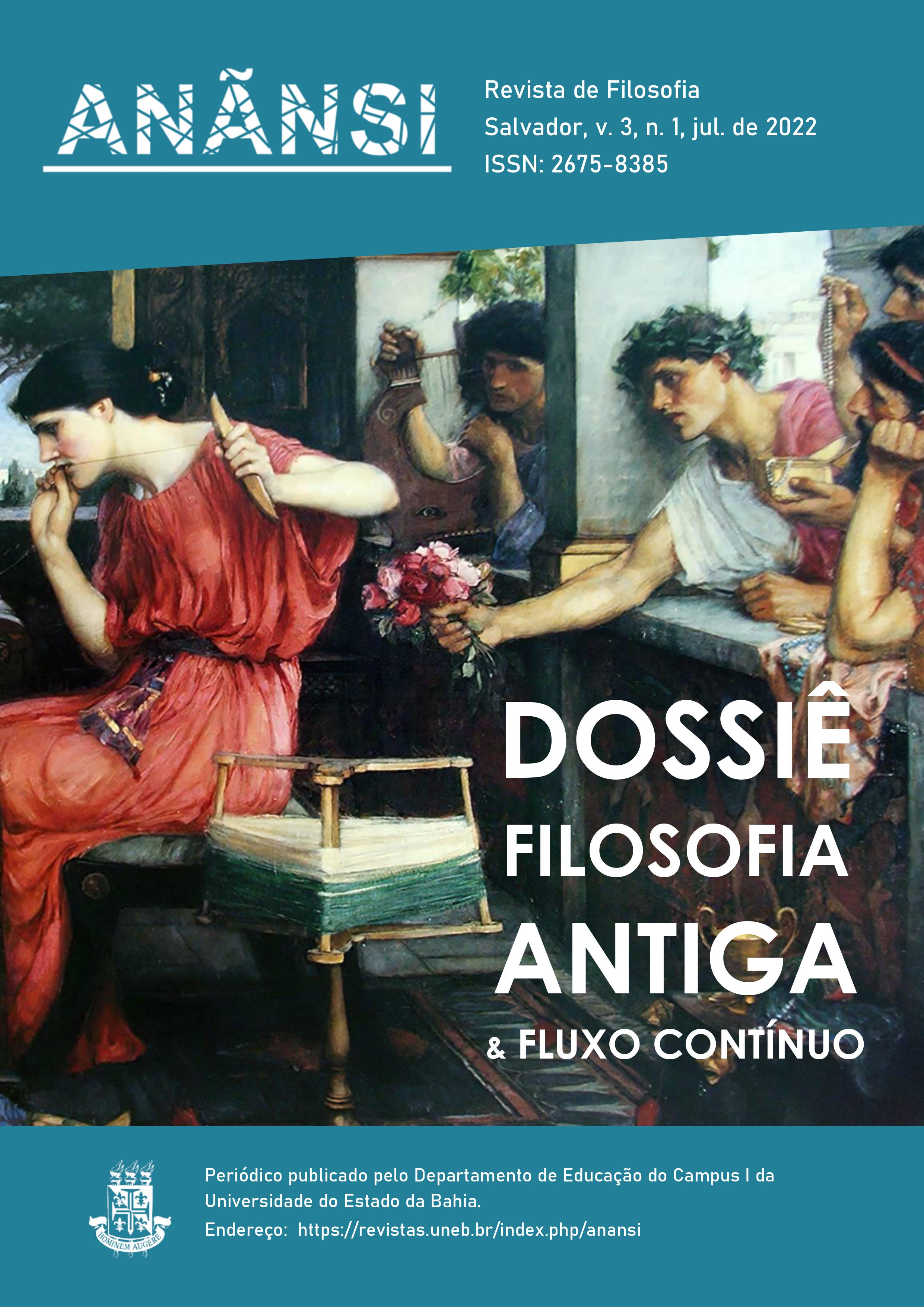Dancing Forms: a comparative study of the model metaphysics in Plato and the Ianomami Cosmology
Abstract
The paper investigates the structural similarities presupposed by the theory of Forms in Plato and the Yanomami cosmology. The comparison leads to the postulation of the defining features of a model metaphysics. In a model approach, the sensible realm is explained based on a derivative relation with a supra-sensible realm. In a model metaphysics, the essence of the items in the sensible world is externalized through the relationship with the model. Such a relationship depends on notions of imitation and resemblance that, in contrast to what the philosophical discussion suppose, it is not reflexive, symmetric and transitive. After that, the paper focuses on the differences between the worldviews in Plato and the Yanomami. The model entities in the Yanomami are collective and dynamic, while for Plato, the Forms are static and unique. Moreover, the art that grounds the imitation in the Yanomami is dancing, while Plato relies on painting. The difference brings relevant differences. The embodied representation of dancing leads to a dispositional conception of an external essence which remains unexplored despite its explanatory power.





